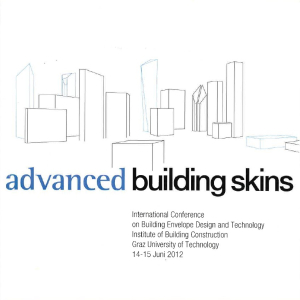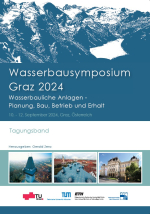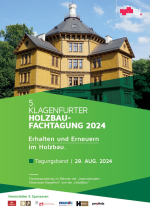Editorial
advanced building skins – Building Envelope Design and Technology
Building
skins have rarely been as fascinating and challenging as they are
today. They are the most interesting field in contemporary architecture.
Facades and building envelopes are determining the visual identity,
character and expression of architecture.
They are shaping the urban environment.
The
facade of a building is the interface between inside and outside,
between public and private realms. The skin affects both appearance and
performance in such a way that these diverse constitutive features
promote new design concepts and spur technical developments for the
architecture of the future.
There are multiple demands on facade
constructions and they are increasing continuously. First and foremost,
performance criteria are driven by the need to reduce carbon emissions.
Furthermore, technical requirements are aimed at all areas relevant to
human comfort within the built environment, such as aspects relating to
visuals, acoustics and safety.
Modern building envelope designs
range from simple and flat ones to those containing extraordinary folds
and curves. They rise up in a play on light, colours, surfaces and
haptics. In conjunction with a huge number of traditional and exciting
new materials and the availability of new production processes the
design base for extraordinary building envelopes are broadening
enormously.
Architects, structural and mechanical engineers, facade
engineers, specialists in building physics and energy design, material
developers, researchers and manufacturers: only full cooperation and
interaction between all these professionals can provide successful and
holistic concepts in the development, design and construction of
advanced building skins.
With this international conference we will
bring them together: creative and innovative professionals and
researchers at the forefront of skin design. We will discuss tasks and
issues in research, design and manufacturing of high-performance facades
and building envelopes.
I would like to thank all the authors who
have enriched this publication with their revealing and extraordinary
contributions. Special thanks go to the staff of the Institute of
Building Construction and all the sponsoring partners. Without their
support this conference and this publication would not have been
possible.
Oliver Englhardt






